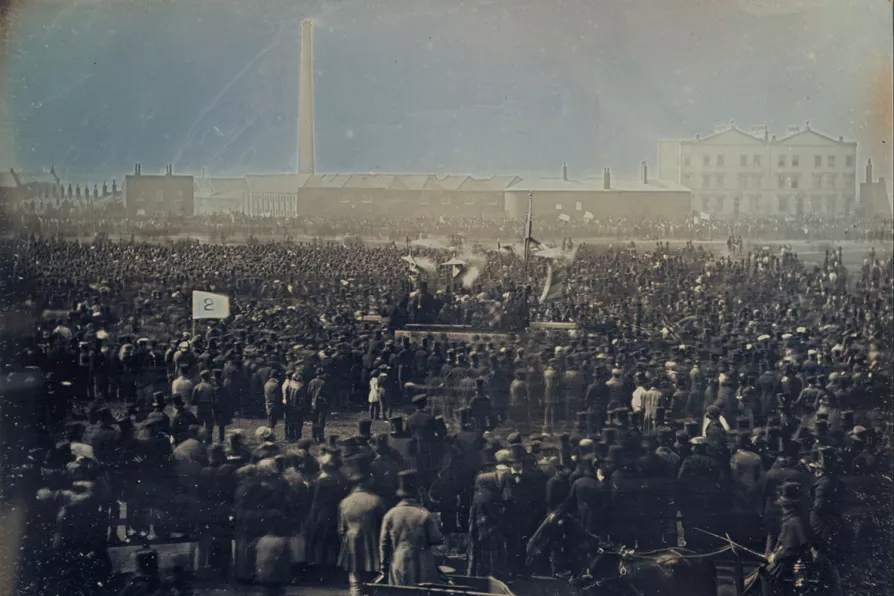NICK TROY lauds the young staff at a hotel chain and cinema giant who are ready to take on the bosses for their rights

 HISTORIC: A daguerrotype, an early form of photograph, captured on the Chartists on Kennington Common, April 1848
HISTORIC: A daguerrotype, an early form of photograph, captured on the Chartists on Kennington Common, April 1848
ON April 10 1848 the Chartists held a rally to demand the vote for working men on Kennington Common, London. It was the first demonstration in the world to be photographed, and the original picture is held in the King’s Collection at Windsor.
With much of the rest of Europe in turmoil, this gives an indication of how seriously the ruling class took the threat of a revolutionary outbreak. The Queen departed for the Isle of Wight and troops and special constables were mobilised to protect key buildings and deal with any Chartist challenge to power.
The efforts of the state on April 10 1848 are relatively well documented. The Chartist tactics for the demonstration have received less attention.

The government cracking down on something it can’t comprehend and doesn’t want to engage with is a repeating pattern of history, says KEITH FLETT

MEIC BIRTWHISTLE relishes a fine production by an amateur company of a rousing exploration of Wales' radical history












